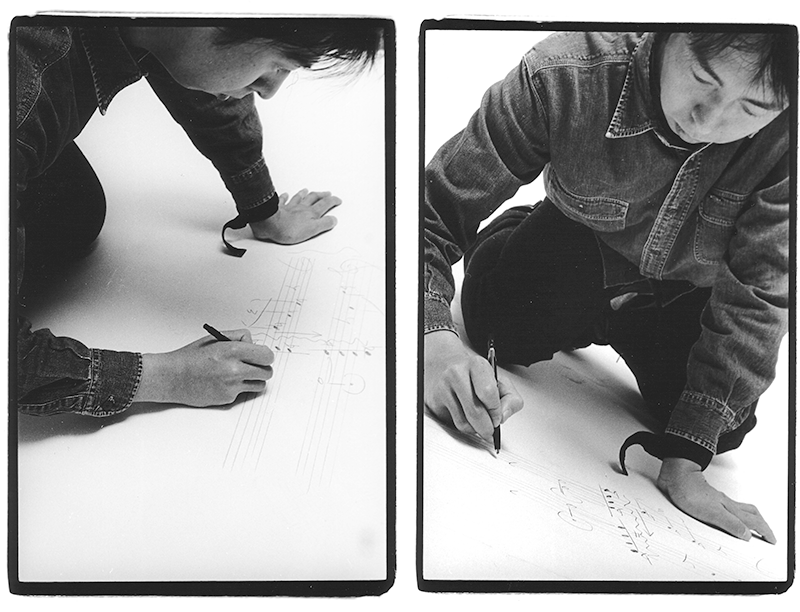artist introduction
music and prifile
Music created in collaboration
It was my encounters with artists that inspired me to make music. Designers, sculptors, dancers, playwrights, photographers, painters, architects, I happened to walk into a place where they do their creative work. They needed music, directly or indirectly, to improve their work. Moreover, original works with the same vector. And I started collaborating with them, producing and releasing a lot of music.
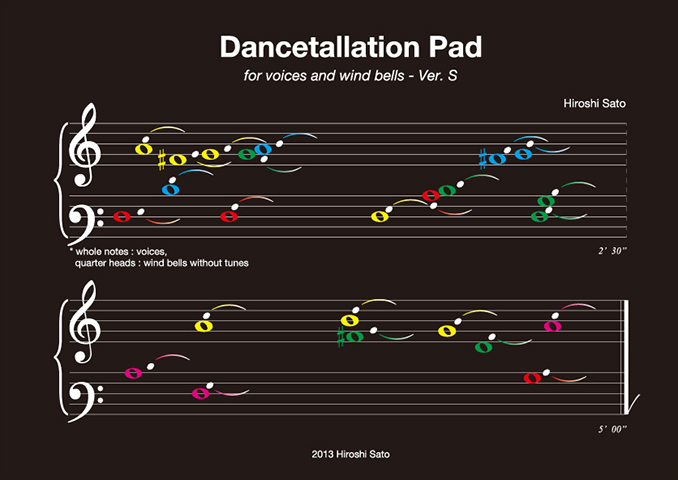
Music where you don't need "music"
“I was dancing on an impromptu stage when the musicians suddenly stopped playing. Still, I couldn't help but dance, so I danced silently until the end. When I tried to complain to the musicians afterwards, they all said, 'You danced so well that we didn't have to play the music,’” a dancer friend of mine told me once.
When collaborating, I often feel that great art work and productions don't need music. If I dare to add music, at least it shouldn't ruin what's there. Sometimes "music" tends to be eloquent, ignoring the works that are there and telling the story by itself. The music there should be something that allows you to have a conversation with the works at the same pace.
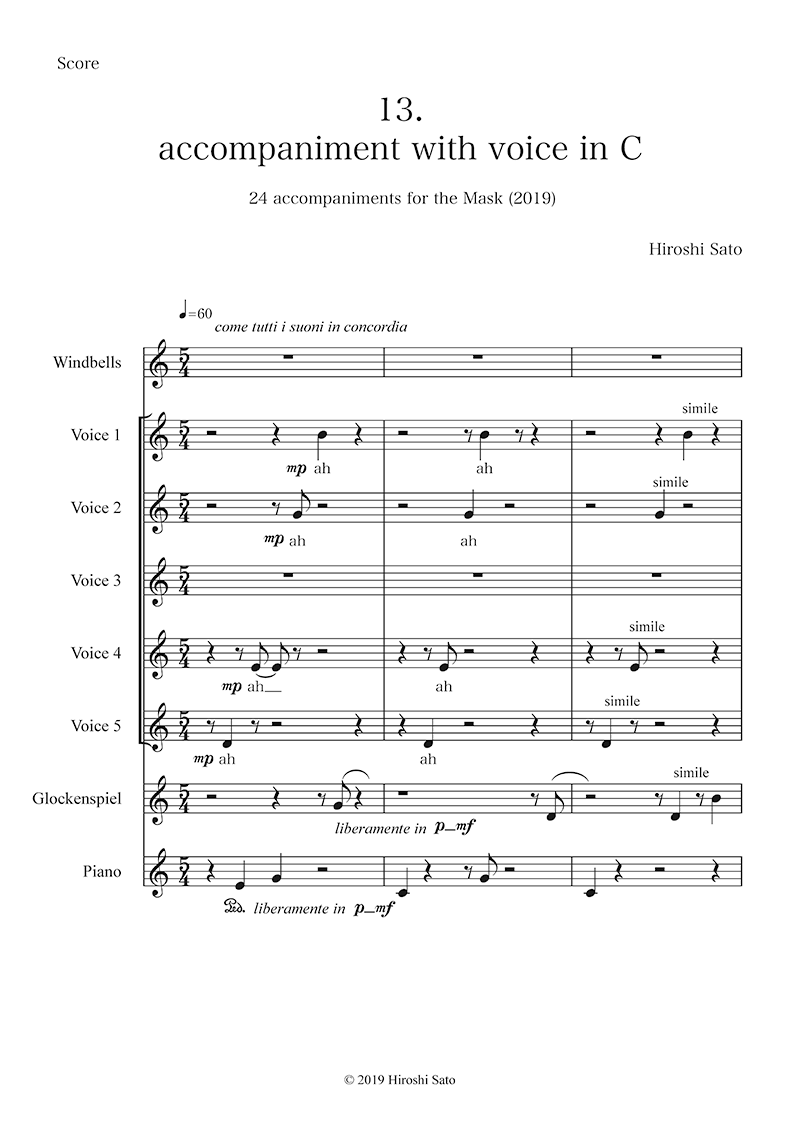
Music for art exhibitions
Most of my music is the music that fills the space of art exhibitions. Using a special method of composition, the performance method is devised, including recording and editing, so that the sounds flowing through the space do not interfere with the works of art exhibited there. Ideally, I try to create music that allows visitors to enjoy the space with their eyes and ears. Furthermore, the music, which consists of multiple works, is designed so that it continues to flow endlessly while subtly changing so that you can have the same experience no matter when you visit.
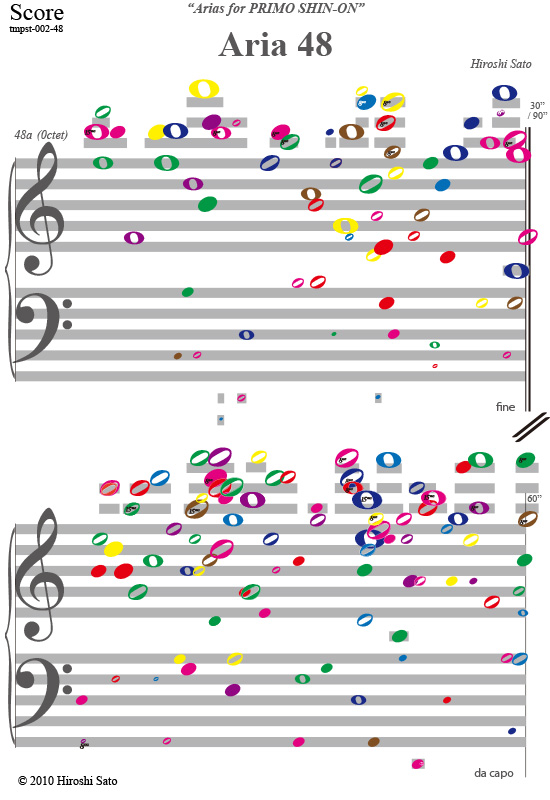
Music that doesn't get in the way
The music I made for the art exhibition has since been used as environmental music in various shops, showrooms, and for events. It is also sometimes used in private environments, and I can hear that it ‘calms down’, ‘helps you sleep’, and ‘relieves stress’. Even in everyday life, for certain people, it may be music that does not get in the way and snuggles up.
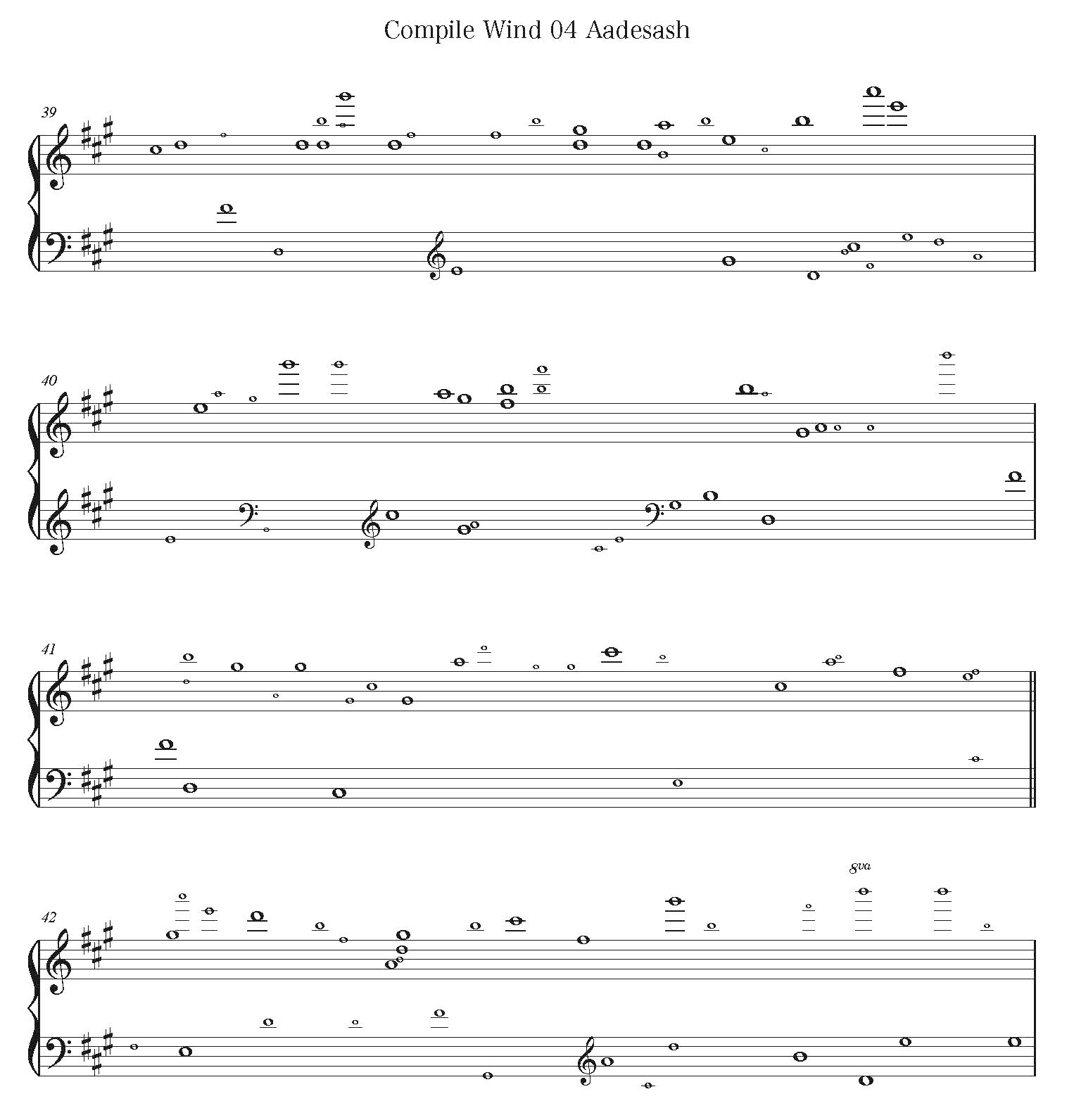
Hiroshi Sato - profile
A Japanese composer / sound designer, born in Tokyo in 1967. Joining Studio MAFT (Milan) to produce an installation-production in 1994, started his career in composing in earnest. Produced CDs with original works for Shuhei Matsuyama's exhibitions titled "Shin-On" in 1997 and 2010. Offered musical works accompanying exhibitions, theaters, video works, etc. to various artists for years.
